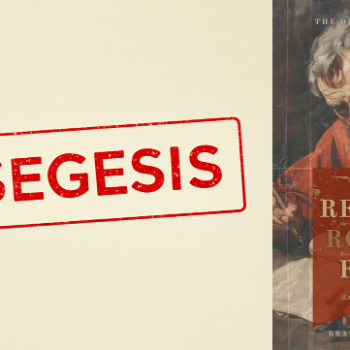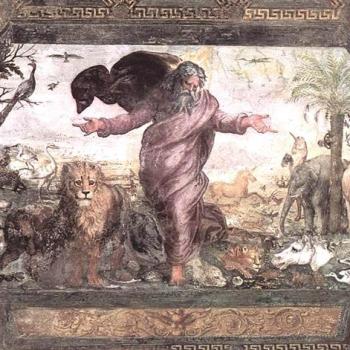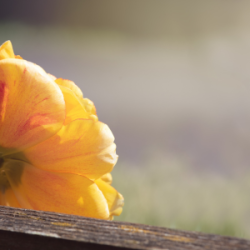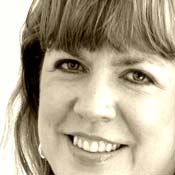The most important events make no stir on their first taking place, nor indeed in their effects directly. They seem hedged about by secrecy. It is concussion, or the rushing together of air to fill a vacuum, which makes a noise. The great events to which all things consent, and for which they have prepared the way, produce no explosion, for they are gradual, and create no vacuum which requires to be suddenly filled; as a birth takes place in silence, and is whispered about the neighborhood. Corn grows in the night. ~ Henry David Thoreau
 Listen. Can you hear it?
Listen. Can you hear it?
Can you hear the gentle quickening beneath the earth?
In the northern hemisphere the time around February 1-2 is a potent time. On the Celtic wheel of the year it is Imbolc (meaning "in the belly" and also refers to the lactation of the ewes), which is one of the cross-quarter days falling between the Solstice and the Equinox. Imbolc marks the first day of spring in Ireland, the time when the very beginning of earth's stirrings and awakenings from winter can be witnessed. As the days slowly lengthen and the sun makes her way higher in the sky, the ground beneath our feet begins to thaw. The earth's belly softens and the seeds deep below slowly rumble in the darkness. New life is getting ready to sprout forth.
In most parts of the British Isles, February is a very difficult and harsh month and yet tiny but sturdy signs of new life begin to appear: the lambs are born and mother's milk begins to flow, bears and wolves emerge from hibernation, the soft rain brings new grass, the land is prepared to receive new seed. So even though many of you reading this may still feel like you are in the heart of winter with no signs of spring anywhere, they are there beneath the ground. The invitation is to listen for them, to trust this slow emergence beginning now.
Many traditions honor this as a threshold time when we are called to remember that winter is for rest and incubation and deep beneath the frozen ground, life is quickening. On January 19-20 it was the Jewish feast of Tu B'Shevat, the new year of trees that marks the time when the sap begins to rise and winter begins to wane. In secular society February 2nd is also Groundhog Day when the groundhog emerges from his burrow to see if there will be six more weeks of winter.
In Christian tradition it is the Feast of St. Brigid, a 5th-6th century mystic and founder of many monastic communities. Brigid is closely connected to the ancient goddess of Ireland and was known for her fecundity. Stories about the Saint reveal that one of her companions was a cow who supplied her with all of the milk she needed. When she became the Abbess of Kildare, she was said to miraculously increase the production of the abbey cows, filling lakes with milk and hundreds of baskets with butter. She transformed water into ale and fed birds and animals with a generous heart. She is a herald of spring's life-giving forces returning.
February 2nd is also the Feast of the Presentation of Jesus at the Temple, forty days after his birth, for Mary's ritual purification. This feast is also called Candlemas, which is the day traditionally when the beeswax candles would be blessed for the year ahead. As Mary entered the temple, Simeon recognized Jesus as the Messiah and called him a "light to lighten the Gentiles." Candlemas is often celebrated with a festival of lights carried in procession around the church. The blessed candles were brought home to illuminate people's lives.
Candlemas and Imbolc are traditionally a time to look forward. What does the new life stirring in your own world sound like? Can you hear it deep within you? How can you nurture this seedling in the fertile dark earth of your soul in the coming days?
Practice
I invite you to try a modified version of the ancient practice of lectio divina:
- Begin by connecting to your body; place a hand on your belly, breathe deeply, and pay attention to what you notice stirring in you. Sink into the experience of silence and simply listen.
- Keeping your hand on your belly, what feelings, images, or memories are coming up for you? Savor these for several minutes, just letting your imagination have free play.
- Notice if there is an invitation emerging from your prayer. How does what you are experiencing within speak to what wants to sprout forth from the fertile soil of your soul in the months ahead?
- Take these invitations for a walk with you and see how the world around you offers signs and symbols about what is stirring within.
When I was in Ireland last year I visited the site of one of St. Brigid's holy wells. Pilgrims tie ribbons on the trees and prayers are left by pilgrims seeking solace and inspiration. It is incredibly moving to witness this gathering of prayers, this sacred site holding people's deepest desires. If you were to tie a ribbon to St. Brigid's tree, what prayers deep in your heart do you long to utter? What hopes do you carry for the season ahead?
1/26/2011 5:00:00 AM





